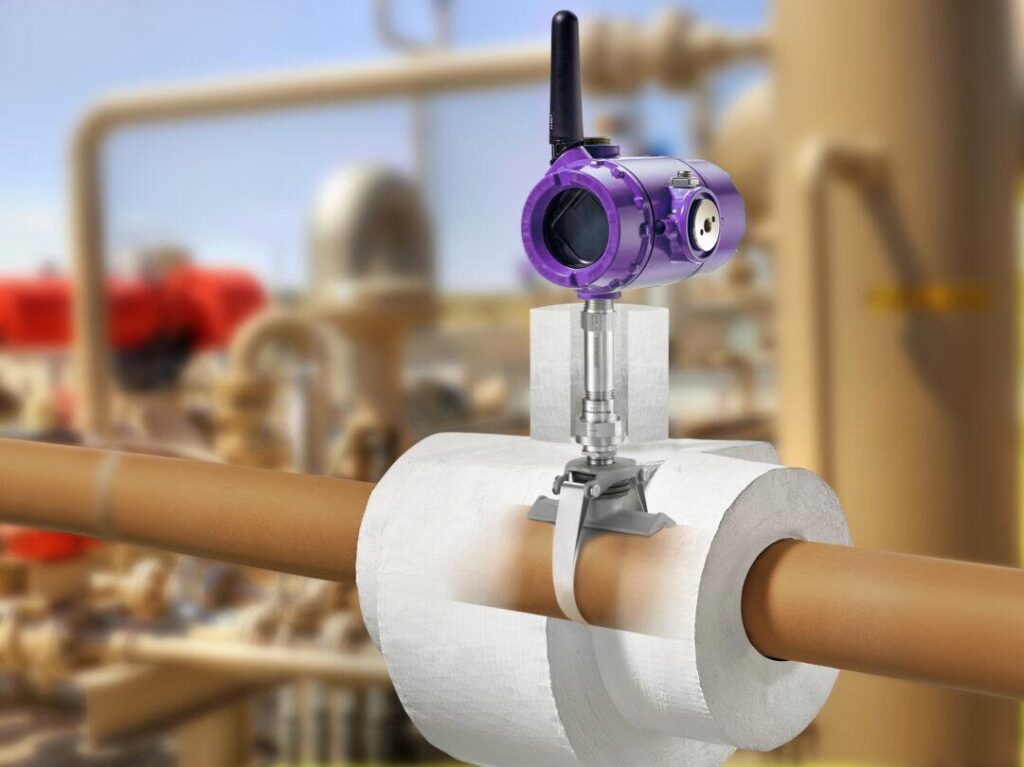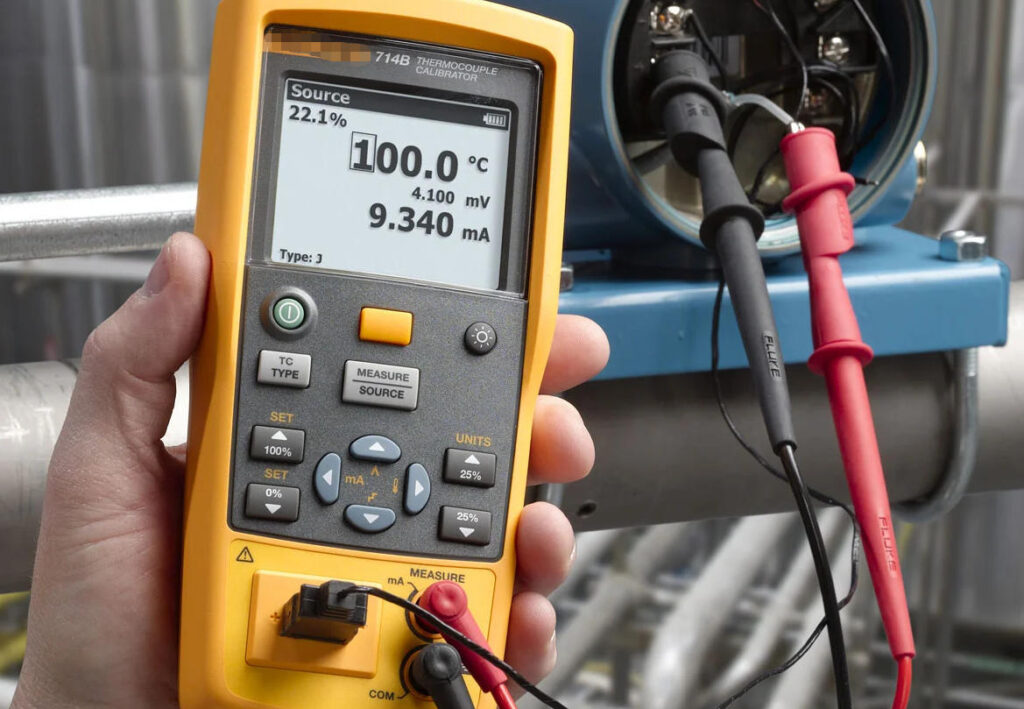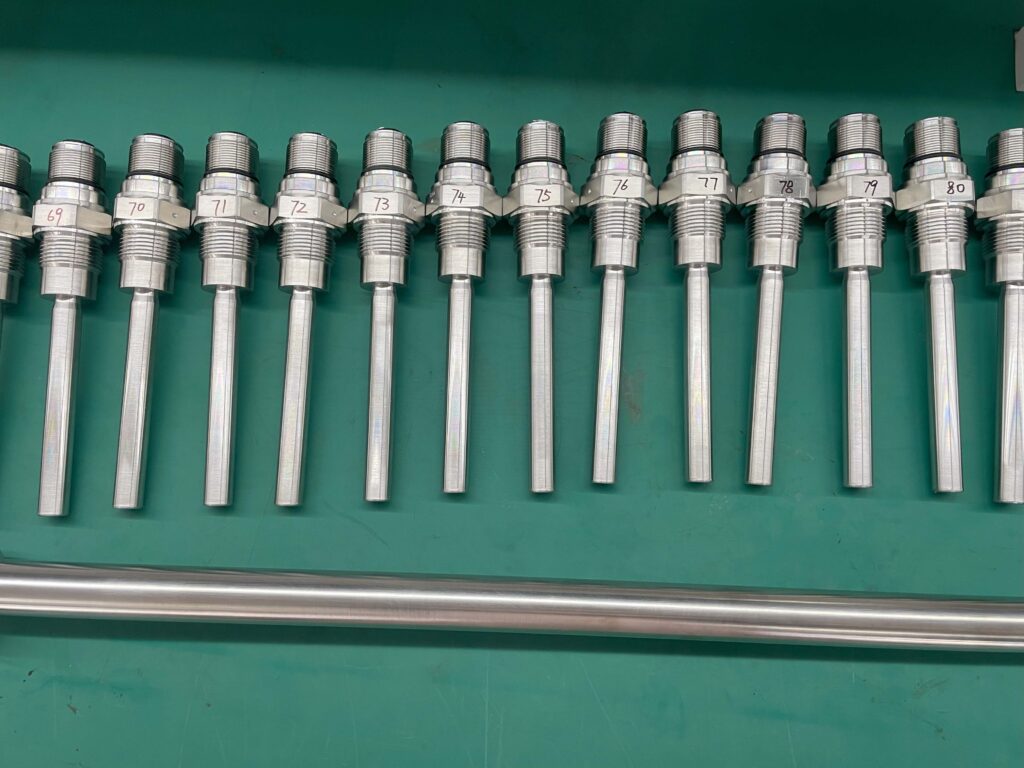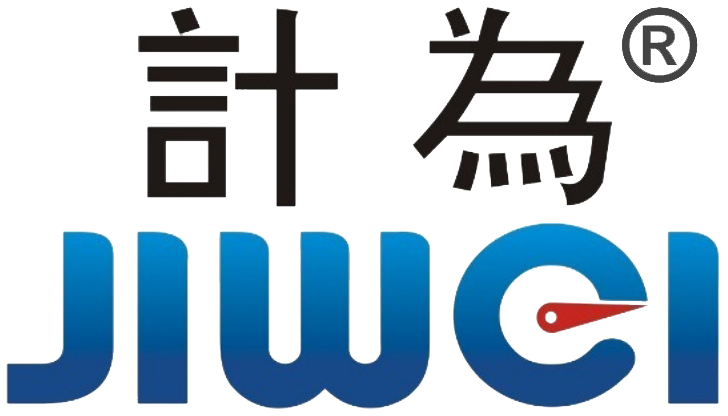Understanding Temperature Wells: The Unsung Hero of Industrial Temperature Measurement Systems
In most industrial temperature measurement systems, the temperature sensor often receives all the attention, while its protective housing—the temperature well—is frequently overlooked. Yet, this seemingly small metal component plays a critical role in the overall performance, reliability, and safety of the system.
A temperature well (or thermowell) serves as a barrier between the process medium and the temperature sensor, offering protection from high pressure, corrosive fluids, and high-velocity flow, while simultaneously enabling accurate thermal transfer to the sensor. In essence, the thermowell is not merely a mechanical accessory; it is both the sensor’s protective enclosure and the primary pathway for heat transfer.

In industries such as chemical processing, energy generation, metallurgy, and pharmaceuticals, thermowells serve as a key interface between the sensor and the process medium. Understanding their function and design is essential for improving measurement accuracy, minimizing maintenance risks, and ensuring operational safety.
1. What Is a Temperature Well?
A temperature well is a metallic tube designed to house a temperature sensor, such as a thermocouple or resistance temperature detector (RTD). By isolating the sensor from the process fluid, the thermowell allows the sensor to operate safely under high temperature, high pressure, and corrosive conditions.
Simply put:
- The temperature well is the “protective chamber” for the sensor.
- It acts as a “heat transfer channel” to convey the process temperature to the sensor accurately.
- In pressurized systems, such as high-pressure reactors or steam pipelines, it enables hot-swappable sensor replacement without shutdown, improving maintenance efficiency.

2. Four Key Functions of a Temperature Well
- Protection – Shields the sensor from chemical corrosion, high-velocity fluid impact, and mechanical vibration.
- Thermal Transfer – Conducts heat from the process medium to the sensor through its metallic wall.
- Mechanical Support – Maintains sensor stability in high-flow environments to prevent bending or breakage.
- Maintenance Access – Allows sensor replacement under pressure, reducing downtime.
For any process system requiring long-term continuous operation—such as polymer reactors or steam lines—the thermowell is a critical component for both maintenance and safety.
3. Typical Structure and Materials

Basic Structure: A standard thermowell typically consists of three sections:
- Tip (Insertion Section): Directly exposed to the process fluid, designed for efficient thermal transfer.
- Stem (Mounting Section): Provides mechanical support and sealing, commonly connected via threaded or flanged connections.
- Extension: Connects to the instrument or protective conduit.
Material Selection: Materials must satisfy thermal conductivity, corrosion resistance, and fatigue strength requirements. According to ASME PTC 19.3 TW-2016 and GB/T 18404, typical selections include:
- 316L Stainless Steel (polished): Recommended for viscous or scaling-prone media to reduce fouling resistance.
- Inconel: Suitable for high-temperature (>500°C) and high-flow environments.
Connection Types: Threaded, flanged, weld-in, and sanitary connections are common. Selection depends on pressure, temperature, and maintenance requirements.
4. Design Parameters and Critical Calculations
Insertion Length (L):
The effective insertion depth determines measurement representativeness and mechanical strength.
- Too short → Temperature reading may be biased toward the wall.
- Too long → Increased risk of vibration-induced fatigue.
ASME Recommendations:
- Insertion length should be 1/3 to 1/2 of the pipe diameter.
- The natural frequency of the well should exceed the vortex shedding frequency of the flow by at least 2.2×.
Practical Tips:
- High-velocity fluids (V > 2 m/s): Use tapered thermowells to reduce vibration stress.
- Static liquids: Straight-walled thermowells improve thermal transfer efficiency.
- Avoid L/D ratios > 20, which increase bending and fatigue risks.
5. Thermal Response and Lag
The wall thickness and thermal conductivity of a thermowell directly influence the temperature response time. In automated control systems, such as PID-controlled reactors, thermowell thermal lag often contributes to delayed feedback and control overshoot.
Optimization Suggestions:
- For high-precision temperature control, use thin-walled wells with high-conductivity packing materials (e.g., alumina powder).
- Calibrate thermal lag parameters on-site before fine-tuning PID coefficients.
6. Safety and Maintenance
Thermowell failure—such as breakage or leakage—can lead to catastrophic consequences. Historical incidents highlight the risks:
- In 2004, the Monroe Power Plant in the U.S. suffered a turbine incident due to a resonant thermowell fracture, causing millions in damages.
Maintenance Recommendations:
- Monitor for delayed response or abnormal temperature fluctuations.
- Inspect for deformation, scaling, or corrosion.
- Establish scheduled replacement cycles for critical systems, even if no visible wear is observed.
7. Engineering Considerations
Though often seen as a minor accessory, the thermowell significantly affects measurement accuracy, control quality, and system safety. Engineers should evaluate it from three perspectives:
- Measurement: Part of the signal transfer path.
- Structural: Must withstand flow-induced forces and thermal stress.
- Control: Influences system response time and PID performance.
In modern smart factories, the thermowell is no longer just a metal tube; it is a time constant tuning element for the measurement system.
8. Conclusion
The thermowell represents a subtle yet critical technical barrier in temperature measurement design. Only by understanding its thermal, mechanical, and process context can engineers ensure truly reliable temperature readings.
In industrial applications, a small temperature wells is more than a protective sleeve—it embodies engineering rigor, contributes to process control precision, safeguards operational safety, and enhances system stability. Mastery of thermowell design and selection is a fundamental skill for every process engineer.
